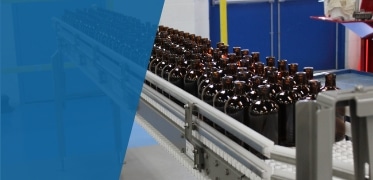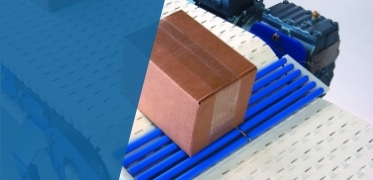
by Seth Bailey | Nov 13, 2023 | Accumulation, Conveyors & Conveyor Parts
OverviewAmid the bustling activity of today’s manufacturing and distribution sectors, the orchestration of product flow is a symphony of precision and efficiency, with accumulation conveyors conducting the tempo. These sophisticated accumulation conveyor systems...

by Seth Bailey | Nov 7, 2023 | Conveyors & Conveyor Parts, Transferring
OverviewIn today’s fast-paced, highly automated industrial landscape, the significance of effective product transfer cannot be overstated. These transfers meld technological accuracy with operational effectiveness to facilitate smooth and reliable supply chains....




